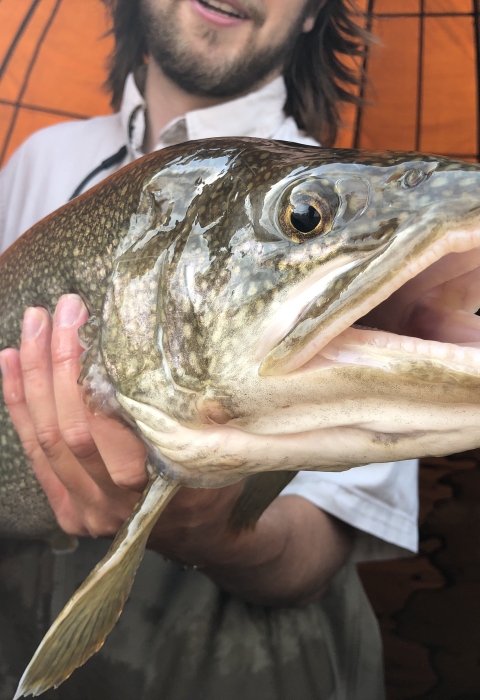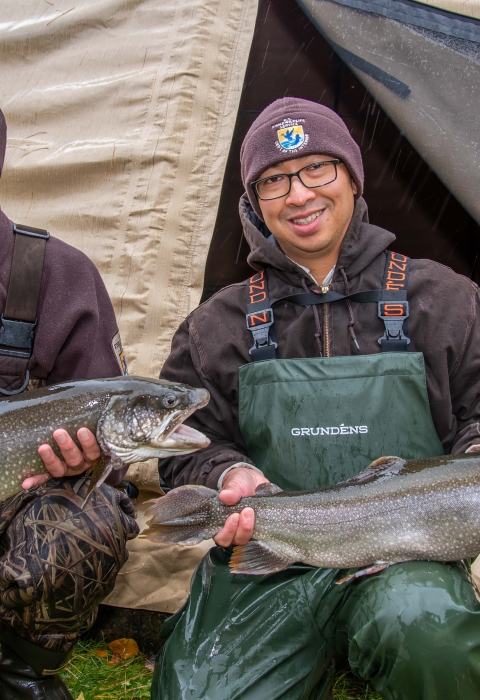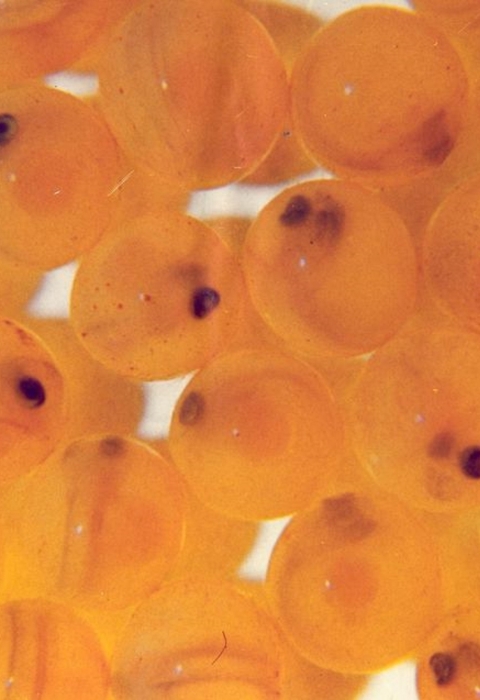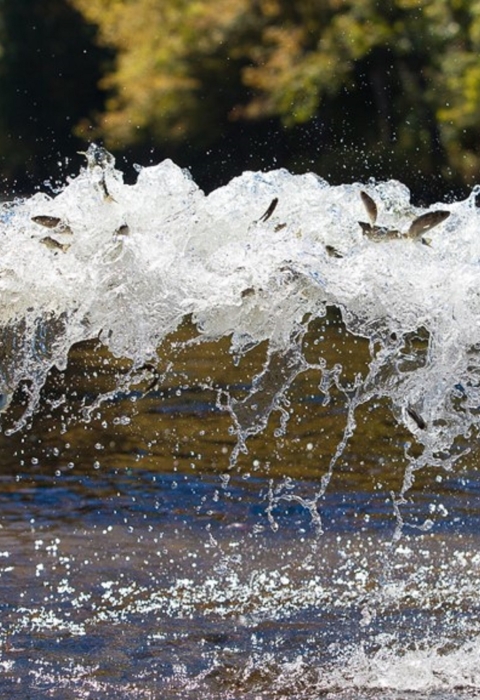About Us
Since 1871 the national fish hatchery system has been at work improving recreational fishing and restoring aquatic species that are in decline, at risk, and are important to the health of our aquatic systems. Across the country the network of national fish hatcheries work with states and tribes to conserve, restore and enhance the fish and aquatic resources of America for future generations.
The White River National Fish Hatchery (NFH) was established in 1984 and operates in Bethel, VT surrounded by beautiful mountains, picturesque towns, and large, slow-moving rivers. The White River NFH is a cold water hatchery and supports restoration of Atlantic salmon and lake trout.
Our Mission
Since 1871, national fish hatcheries have been applying science-based approaches to conservation challenges. We work with our partners and engage the public to conserve, restore, and enhance fish and other aquatic resources for the continuing benefit of the American people. Conservation is at the heart of what we do, and we recognize that we do this work for the American people–both the present generation who benefit today and future generations who will inherit our legacy of conserving America’s aquatic resources
After the White River hatchery was decommissioned for repairs, the Service made a decision in 2012 to stop culturing Atlantic salmon for restoration efforts in the Connecticut and Merrimack rivers. That decision shifted the purpose of the White River national fish hatchery, which is now focusing on the restoration of native salmon and trout populations to Lake Champlain, as well as lakes Erie and Ontario.
U.S. Fish and Wildlife Service fish biologists are currently culturing land-locked Atlantic salmon eggs from Lake Champlain at the hatchery to establish a population of adult broodstock broodstock
The reproductively mature adults in a population that breed (or spawn) and produce more individuals (offspring or progeny).
Learn more about broodstock that will produce fish for stocking and restoring salmon in Lake Champlain tributaries. The salmon will be stocked in rivers and streams on the New York side of the lake to complement stocking efforts by the Vermont Fish and Wildlife Department in Vermont tributaries. Some of the eggs will be used for several research projects to understand factors that may limit the survival of salmon. The hatchery also just began rearing lake trout broodstock for restoration and stocking efforts in lakes Erie and Ontario.
The hatchery’s new purposes support collaborative fisheries restoration efforts with the states of Vermont and New York and the province of Quebec through the Lake Champlain Fish and Wildlife Management Cooperative, as well as numerous conservation organizations. These efforts to culture and stock fish will help restore healthy fisheries in the Champlain Basin, complementing other activities undertaken by the Service and partners including restoration of fish passage fish passage
Fish passage is the ability of fish or other aquatic species to move freely throughout their life to find food, reproduce, and complete their natural migration cycles. Millions of barriers to fish passage across the country are fragmenting habitat and leading to species declines. The U.S. Fish and Wildlife Service's National Fish Passage Program is working to reconnect watersheds to benefit both wildlife and people.
Learn more about fish passage in tributaries, restoring wetland, riparian riparian
Definition of riparian habitat or riparian areas.
Learn more about riparian and in-stream habitats, controlling parasitic sea lamprey, and monitoring fish in the lake, rivers and streams.
Our History
The White River national fish hatchery in Bethel, Vermont, dedicated in 1984, was built to support Atlantic salmon restoration in the Connecticut River. At its prime, the hatchery annually produced and released more than five million salmon fry in tributaries throughout the river’s watershed, which spans 7.2 million acres in Connecticut, Massachusetts, New Hampshire and Vermont. It also reared more than 650,000 lake trout yearlings for stocking in lakes Erie and Ontario.



